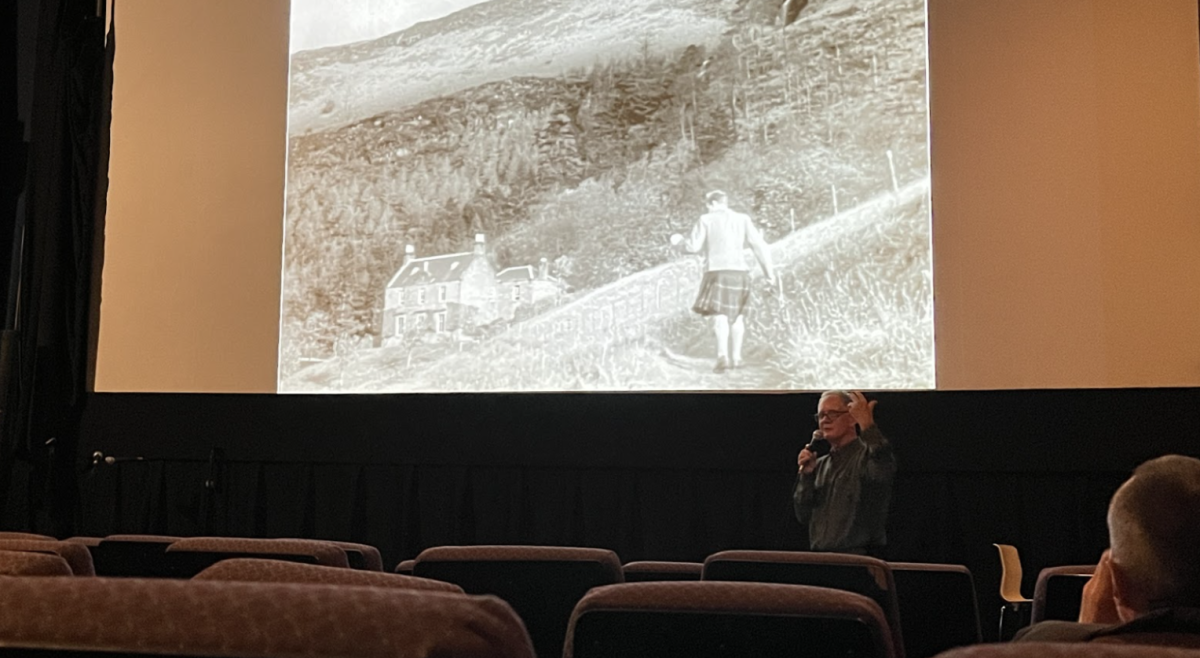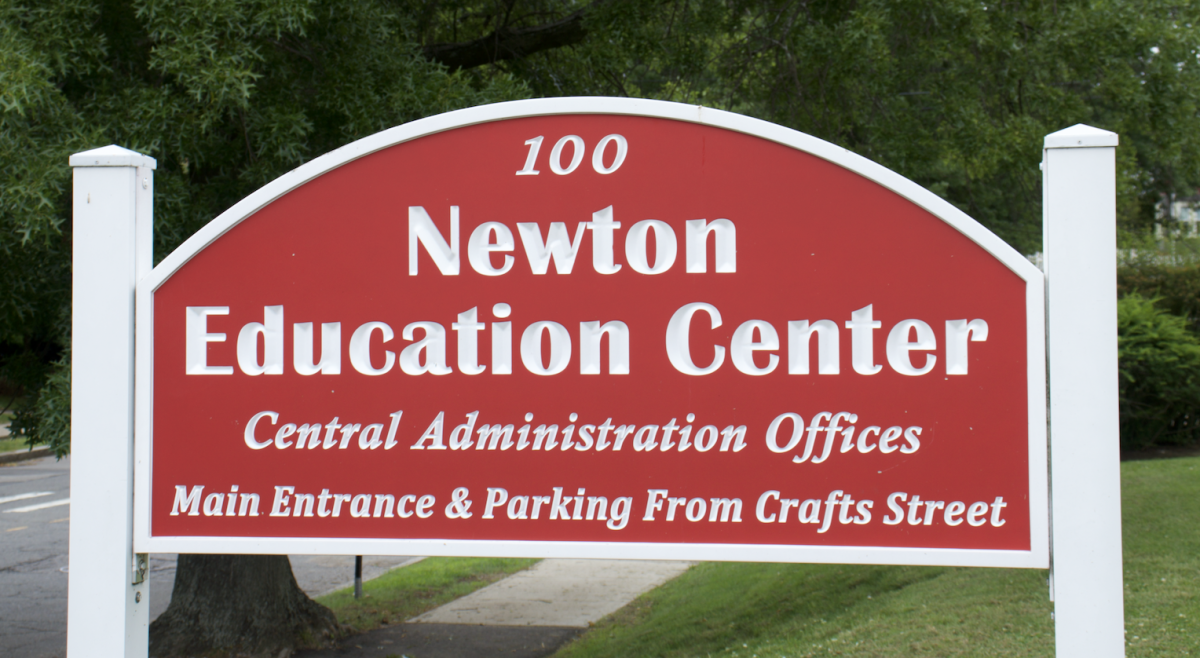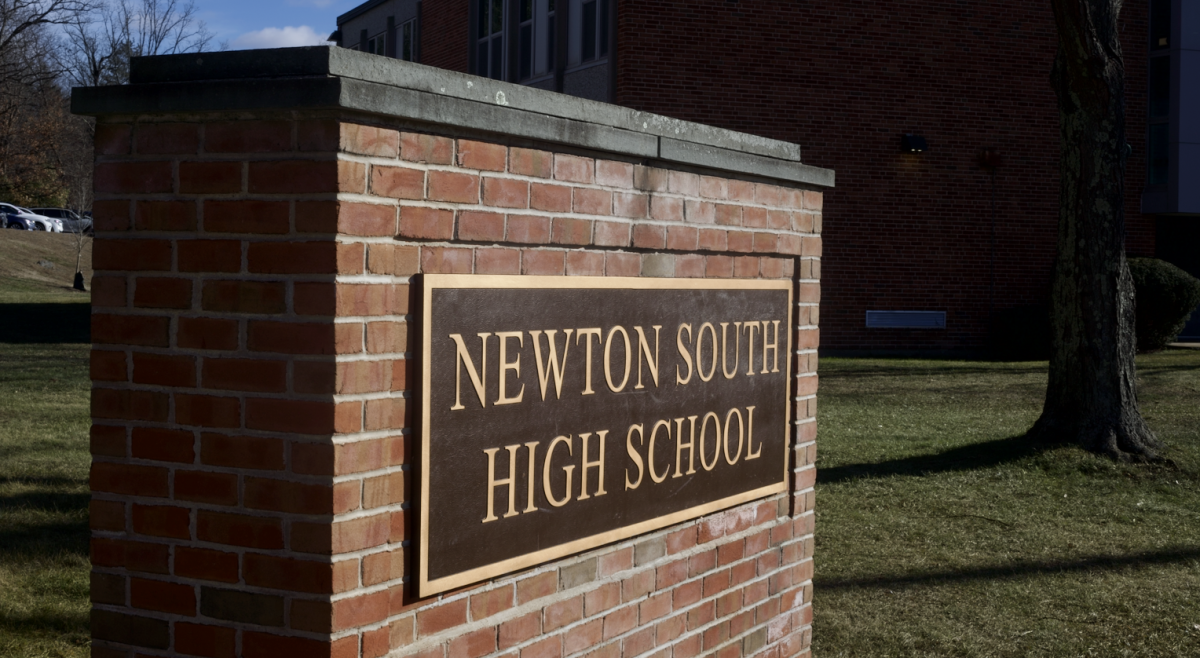The Commonwealth Museum of Massachusetts opened an exhibit called A Story We Share: Massachusetts Artists Celebrating Black History and Culture, a student-run art show that celebrates Black History Month, on Feb. 5.
Although an exhibit displaying black artists during February is rarely unusual, one unique aspect of this exhibit is that it is being curated by three Boston Arts Academy (BAA) high school students.
“This type of show is something that the museum has never done before,” said Mary Collins, WCAS ’13.
Collins is the director of special and public programs at the Commonwealth Museum, and she has worked there for almost 19 years. Collins credits her Boston College education and teaching experience for her success in directing museum events.
“My background in teaching and education have been a natural segue for me to reach out and host an event like this,” said Collins.
This is the first time the Commonwealth Museum has collaborated with an academic institution. The three BAA students curating the event have accumulated a total of 24 pieces of art, with most of the artists hailing from Dorchester. Of the 24 pieces, 18 are by Dorchester-based artists, including Laurence Pierce, Stephen Hamilton, Shaanti Williams, and Adam Bullock.
In the past, the Commonwealth Museum hosted a number of special projects celebrating Black History Month. Last year, the museum hosted a viewing of the movie Lincoln, with guest speakers including Secretary Galvin and Tom Putman, director of the JFK Library.
“We wanted to try something different this year,” said Collins. “We are a history museum, and we’ve never given students the opportunity to host an exhibit like this before.”
The three BAA students put in long hours of work after school to create A Story We Share. Not only did the students curate the exhibit, but they also chose the specific pieces of art, contacted and gathered information on the artists, and even came up with the final title.
“This type of opportunity for these students is unbelievable,” said Collins. “It is an impressive hands-on experience that they can add to their resumes.”
Although the students were involved from the beginning to end, the catalyst of this project was Destiny Palmer, a teacher at BAA who also works for College Bound Dorchester and is very involved in Boston’s arts community. Palmer offered her networking skills to her three BAA students, and she is one reason why their passion for art is visible in this exhibit.
“My favorite part of this exhibit is the idea that these students get to develop these life skills, something they might not have gotten to do otherwise,” said Collins.
A Story We Sharehopes to attract a large audience. The museum’s main visitors include groups of children viewing some of Boston’s historical documents, as well as students from UMass Boston and Northeastern University. The Commonwealth Museum also attracts people who are visiting the Massachusetts Archives building and the neighboring JFK Museum.
“This exhibit is a great way to honor and celebrate this month through the artists’ views of their lives,” said Collins. “I think people will react to the art, and it will provoke interpretation and conversation.”
The Commonwealth Museum also offers its visitors an opportunity to see some of Boston’s oldest documents. The students’ A Story We Shareexhibit is held on the top floor of the museum, and visitors can venture down to the main floor of the museum to learn about the rich history of Massachusetts. The museum highlights the development of rights and democracy in Massachusetts. Although the museum is a public facility under the Secretary of the Commonwealth, the facility is privileged to have such historic artifacts. These include John Adams’ Massachusetts Constitution of 1780, Paul Revere’s copper plate he used to engrave his Boston Massacre image, as well as original copies of the Declaration of Independence and Bill of Rights. Admission to the exhibit and the entire museum is free of charge.
“What’s remarkable about our museum is that visitors can see and experience the documents that you read about in your American History textbook,” Collins said. “The experience is surreal.”
Although the historical documents will be there for years to come, the exhibit =wwWwwwill only be on display throughout the month of February. Collins knows that allowing students to curate a professional exhibit is a big change. Still, she emphasized that this exhibit is far from ordinary:
“Change opens doors, and this exhibit will offer people who come here a chance to see something truly incredible.”






